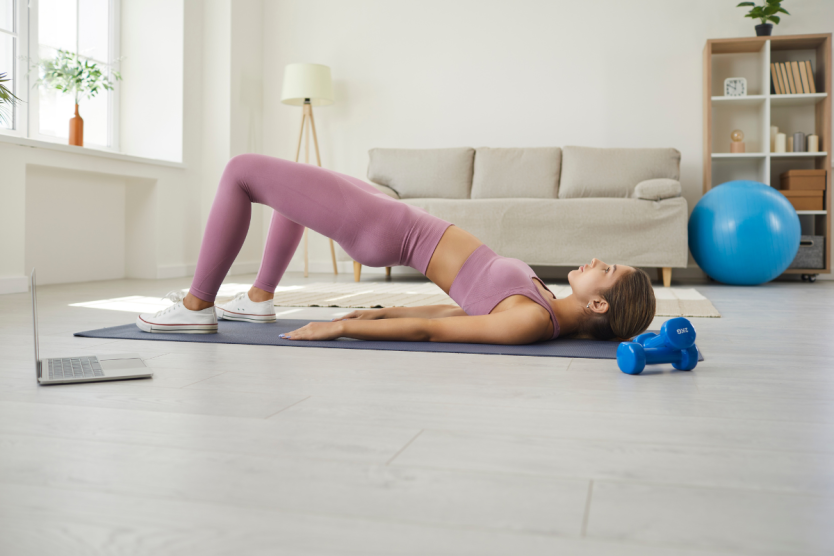We’ve all heard that exercise is a benefit to our physical and mental health.
It can help ward off conditions like high blood pressure, lessen depression and anxiety and of course aid in weight control.1
But does specific exercise benefit specific conditions? For instance, can pelvic floor exercises help with bowel incontinence?
Understanding Bowel Incontinence
Bowel incontinence, also known as fecal incontinence, is the inability to control bowel movements. If you have this condition, stool leaks from your rectum without warning.2
Bowel incontinence can range from an occasional leakage of stool while passing gas to a complete loss of bowel control. Common causes of this condition include diarrhea, constipation, and muscle or nerve damage—which may be associated with aging or with giving birth2—or loss of the stretch capacity of the rectum from chronic disorders.3
If you have fecal incontinence, you’re not alone—this is seen as a prevalent problem and it can drastically affect quality of life.4 That makes treatment options important.
Can Pelvic Floor Exercises Help With Bowel Incontinence
One of the treatment options available to those with bowel incontinence is the performance of pelvic floor muscle exercises. Also known as “Kegels,” learning to properly perform these can improve fecal incontinence symptoms.5
These exercises involve tightening and relaxing your pelvic floor muscles, which can strengthen the muscles in your anus, pelvic floor, and rectum.5 These specialized muscles that support the rectum are called the sphincters and they control bowel continence or control.6
The reason pelvic floor exercises can help with bowel incontinence is that the cause is often because the pelvic floor muscles are weak. By doing the exercises correctly and regularly, you can strengthen the muscles which in turn may lead to more control of bowel movements.6
To do Kegels, tighten your sphincter muscles as if you are stopping a bowel movement. While squeezing tightly, hold for a count of ten and then relax for a count of ten. This can be repeated 10 times per set, and each day you can complete 8 to 10 sets.6
It’s worth checking with a doctor or a pelvic health physical therapist, who can ensure you are doing the exercises properly.
Pelvic floor muscles can be trained using Gynesis. Gynesis FDA-cleared pelvic floor trainer shorts support women to take control of their pelvic health with a simple, effective, external, and accessible solution. Using advanced Multipath Technology, Gynesis delivers targeted muscle stimulation with Kegel exercises that helps retrain and rebuild your pelvic floor—so you can achieve stronger bladder control and with confidence.
Pelvic health physical therapy can provide exercises to stabilize and strengthen your core as well as Kegels and other exercises to strengthen your pelvic floor muscles.
This type of pelvic floor rehabilitation is an important first-line treatment for patients with bowel incontinence. Here’s what can be included in pelvic floor rehabilitation:4
- pelvic floor muscle training
- biofeedback
- volumetric training with rectal balloon catheters
- external electrical stimulation
- behavioral bowel retraining
Pelvic floor rehabilitation treatment for bowel incontinence has had success rates in a majority of studies at 50 to 80%.4
Treatment options can vary depending on the cause of your incontinence.
Pelvic floor exercises may be combined with what’s known as “bowel training,” for instance, which is the process of developing a regular bowel movement pattern. This is helpful when incontinence is due to constipation. Dietary modifications may also help. This can involve consuming adequate fiber and fluids, to give your stool bulk and form. Some people benefit from anti-diarrheal medications.3
Don’t Suffer in Silence
People with fecal incontinence often suffer in silence, feeling it’s too difficult to discuss. But it’s important to talk about this condition with your doctor. This common problem can be treated, and treatments can improve fecal incontinence and your quality of life.2 Use our Physician Finder to seek out a women’s health specialist for advice on bowel incontinence, including appropriate physical activity and adding pelvic floor exercises to your regime.
















